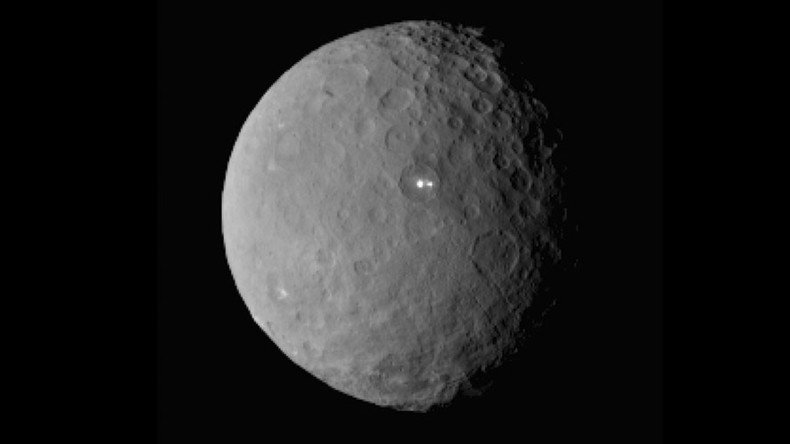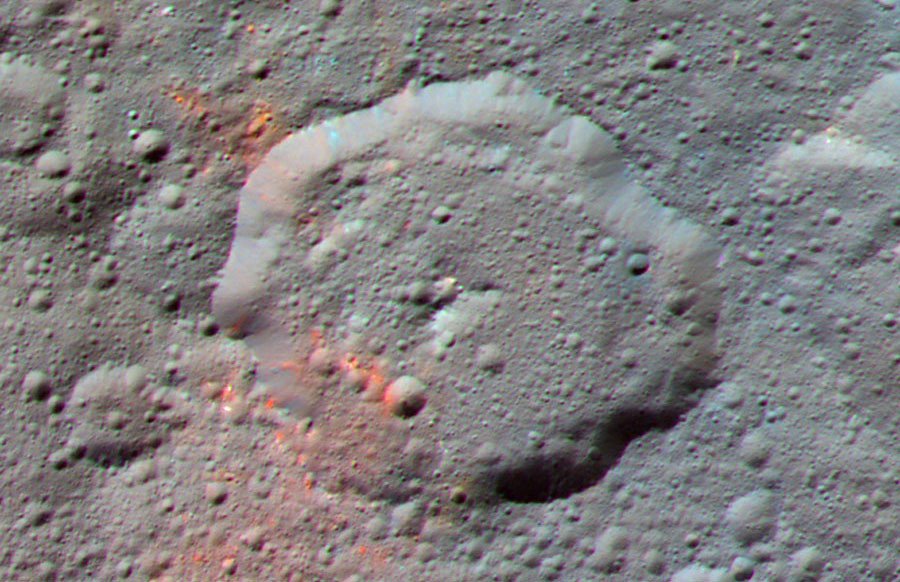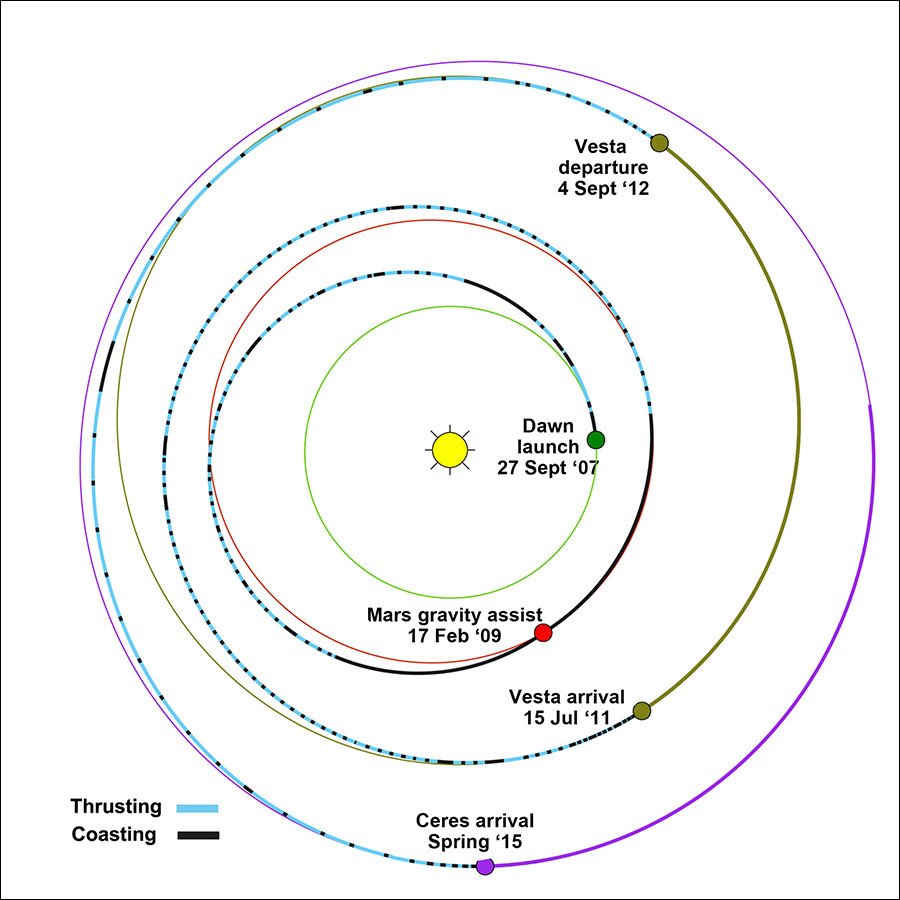Dwarf planet Ceres could harbor life, NASA mission finds

NASA’s Dawn mission to the dwarf planet Ceres has discovered evidence of organic material on the mysterious icy world which could be signs of microbial life.
Ceres is the largest object in the asteroid belt and lies between Earth’s closest planetary neighbor, Mars, and gas giant Jupiter. The organic material was detected on the dwarf planet’s northern hemisphere in and around a crater known as Ernunet.
Such organic compounds are, according to NASA, “necessary, though not sufficient, components,” of life on Earth.
#NASA spends $2mn on ‘advanced life support tech’ for deep space travel https://t.co/R9QvaXXfp3pic.twitter.com/6OvSU05U73
— RT America (@RT_America) February 14, 2017
Scientists studied data detected by Dawn’s Visual and Infrared Mapping Spectrometer (VIR), making Ceres the latest cosmic body to test positive for organic material, after similar material was found on a number of asteroids and meteorites.
Ceres is seen as a special case because the organic material is thought to be local, meaning it has always been there and has not been deposited by a passing comet or asteroid. “The organics discovery adds to Ceres' attributes associated with ingredients and conditions for life in the distant past,” NASA said in a statement.
"This is the first clear detection of organic molecules from orbit on a main belt body," said lead study author, Maria Cristina De Sanctis, of Rome’s National Institute of Astrophysics.
“The combined presence on Ceres of ammonia-bearing hydrated minerals, water ice, carbonates, salts, and organic material indicates a very complex chemical environment, suggesting favorable environments to prebiotic chemistry,” the study, published in the journal Science, says.

“This discovery adds to our understanding of the possible origins of water and organics on Earth,” added Julie Castillo-Rogez, Dawn project scientist based at NASA's Jet Propulsion Laboratory in Pasadena, California.
The scientists believe that Ceres, Jupiter’s moon Europa, Saturn’s moon Enceladus and Mars, could all have the right ingredients for life. Ceres, along with the two gas giant moons, could even have liquid water hiding beneath their rocky exteriors.
These are exciting times for the mission, which reached the ball of rock and ice back in 2015 having previously studied the giant asteroid Vesta.
On February 23, the spacecraft will take up a new position, orbiting at a distance of 20,000 kilometers, in order to study Ceres with the sun at its back in the hope that the illuminated world will give up more of its secrets.













